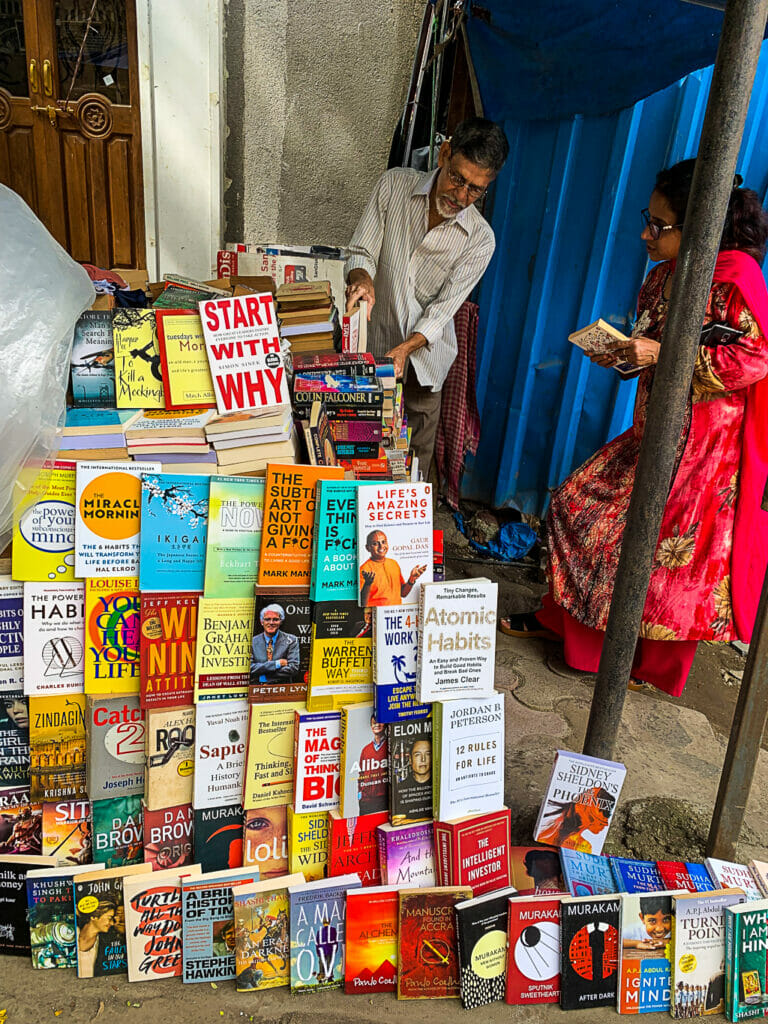Highest municipal budget for Mumbai till date
On February 4th, Saturday, the Brihanmumbai Municipal Corporation (BMC) released its budget estimates for the year 2023-24. The total added up to Rs 52,619.07 crore – a near 15 percentage increase from the previous year and the highest in its history.
Over half of the budget is for capital expenditures, to be used for infrastructure and development works. However, despite the eye-popping amount, the civic body had barely spent 40% of its capital expenditure a week before the budget presentation. The allocation for healthcare, fire safety and education dropped, while Rs 800 crore was demarcated for BEST buses. Earlier, the BMC had invited citizens’ suggestions on the budget. It claimed to incorporate many of them.
Source: The Indian Express
Spotting birds all day long
240 unique species of birds were spotted in the MMR at the annual bird race held on Sunday. 300 bird watchers kept an eye out over the region and across the state from dawn to dusk, the final count adding up to ten fewer than last year.
Sunjoy Monga, one of the organisers of the event, marked the diminished attendance of ground birds such as quail, francolins, spurfowl, junglefowl and peafowl – a sign of a change in grass terrain. Larks and pipits have also reduced in numbers. Aquatic birds like waders, herons, cormorants, waterfowl, gulls and terns were encountered less than 100 times, and in a scattered fashion. Only 19 species of prey were spotted in the state, preferring other regions of Maharashtra. No vulture was spotted in any of the surveyed areas.
Source: Hindustan Times

The problems with footpaths
After the BMC allocated Rs 200 crore for better footpaths in the budget, the High Court has asked the municipality to ensure they are “actually walkable.” It has asked the BMC to file an affidavit listing the problems – hawkers, paver blocks, the minimum size requirement, parking of vehicles – and follow them up with solutions. The High Court noted that paver blocks are highly likely to get loose and impede walkers, particularly the disabled. A systematic approach has been recommended.
The BMC claimed to be in the process of enacting the hawker policy, which will restrict licenced hawkers to hawking zones.
Source: India Today
Read more: Round up: Some of the key takeaways from 2023-24 BMC budget
Swapping trees for infrastructure
Several trees might face the axe for development and infrastructure works around the city. The BMC increased the trees in its way for the metro car shed at Aarey to 177 from 84 – which the Supreme Court had permitted. The Bombay HC questioned this, and directed the civic body to seek clarification from the SC.
Elsewhere, the Bombay HC allowed the National Highways Authority of India (NHAI) to cut 350 mangroves in Thane and Palghar districts for the Vadodara-Mumbai Expressway. Matunga residents protested a proposal to chop 30 old trees for road widening. Another 1,250 trees in Worli might go – half are to be felled, the rest transplanted – to make space for an upcoming sewage treatment plant (STP).
Source: Hindustan Times
Belapur to Gateway, by water taxi
Water transport services from Navi Mumbai to Mumbai have started from Tuesday. The air-conditioned boat, called Nayan XI, will take one trip everyday between Monday to Friday – leaving at 8.30 am from Belapur and 6.30 pm from the Gateway of India. It can accommodate 200 passengers on board.
Tickets can be booked on this website for Rs 250 on the lower deck and Rs 350 on the upper deck. The ride will take 55 minutes, a 40-minute time save when compared to road travel.
Source: Hindustan Times
Compiled by Sabah Virani.